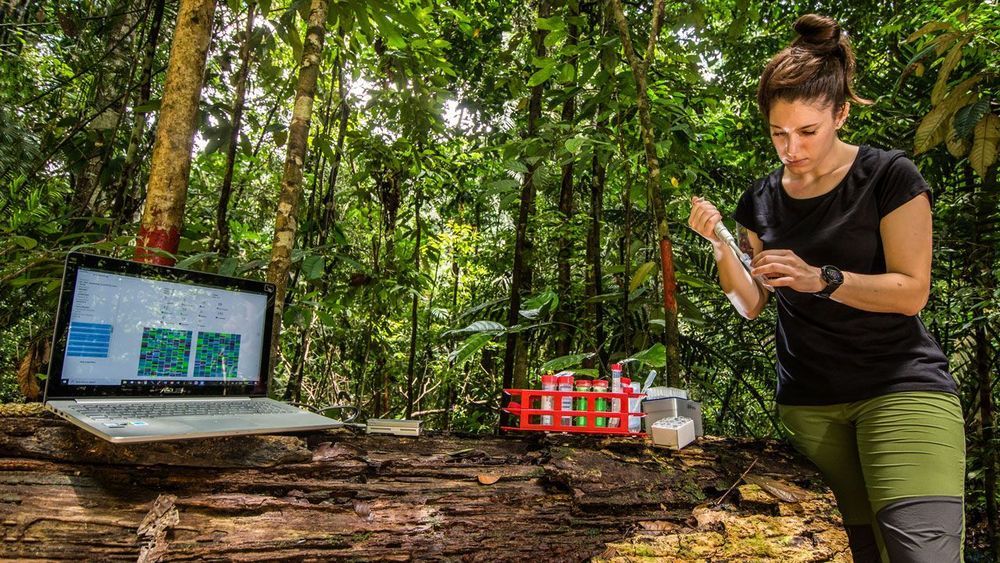For centuries biologists have identified new species at a painstakingly slow pace, describing specimens’ physical features and other defining traits, and often trying to fit a species into the tree of life before naming and publishing it. Now, they have begun to determine whether a specimen is likely a novel species in hours—and will soon do so at a cost of pennies. It’s a revolution driven by short stretches of DNA—dubbed barcodes in a nod to the familiar product identifiers—that vary just enough to provide species-distinguishing markers, combined with fast, cheap DNA sequencers.
As massive global effort launches, portable DNA sequencers also allow species identification in the field.
Read more
